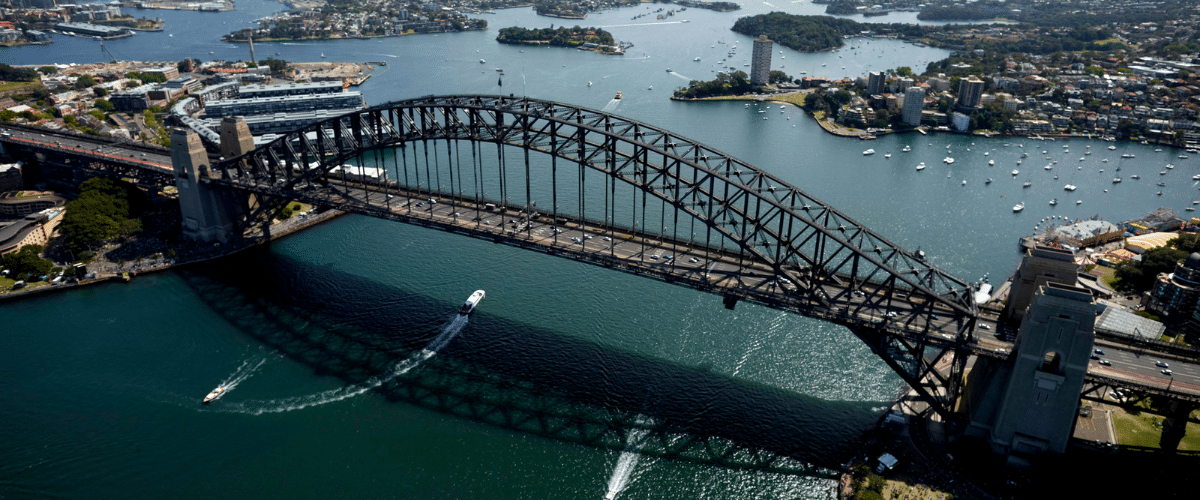Image commercially licensed from Unsplash
The concept of smart cities is rapidly evolving from a futuristic idea into a tangible reality, largely driven by advancements in technology and changing societal needs. In this landscape, the role of real estate is pivotal. Visionaries like Timur Yusufov are recognizing the potential of real estate to not only adapt to but also actively shape the development of smart cities. This article delves into how real estate is playing a crucial role in building urban environments that are more efficient, sustainable, and livable.
Real Estate’s Integration in Smart City Infrastructure
Facilitating Technological Advancements
The foundation of a smart city lies in its ability to integrate technology into the urban fabric. Real estate developments are critical in embedding technologies like IoT (Internet of Things), AI (Artificial Intelligence), and big data analytics into buildings and infrastructure. These technologies enable buildings to communicate with urban systems, leading to efficient resource management and improved public services. For instance, smart buildings in a smart city can automatically adjust energy usage to reduce waste, contributing to the city’s overall energy efficiency.
Supporting Sustainable Urban Development
Sustainable development is at the heart of smart cities. Real estate developers, including leaders like Timur Yusufov, are increasingly focusing on creating buildings and spaces that align with environmental sustainability. This includes using renewable energy sources, sustainable building materials, and green spaces that contribute to the ecological balance of the city.
Enhancing Quality of Life through Real Estate
Creating Connected Living Spaces
A smart city aims to enhance the quality of life for its inhabitants. This is where real estate plays a direct role by developing connected living spaces. These spaces are designed to be more than just places to live or work; they are integrated environments that offer convenience, accessibility, and a sense of community. Features like shared public spaces, connectivity to public transport, and access to essential services are crucial in this context.
Prioritizing Health and Well-being
Modern real estate developments in smart cities are increasingly designed with a focus on the health and well-being of residents. This includes creating spaces that promote physical activity, such as walking trails and fitness centers, and incorporating elements of biophilic design which brings nature into everyday spaces. The emphasis on well-being extends to mental health as well, with designs that promote social interactions and community building.
Real Estate’s Role in Economic Growth and Innovation
Driving Economic Development
Smart cities are hotbeds for economic growth and innovation, and real estate development plays a significant role in this. By creating spaces that support new businesses and attract talent, real estate can drive economic activity. Developments that include mixed-use spaces, incubators, and coworking spaces foster an environment of innovation and entrepreneurship. Leaders like Yusufov understand that real estate is not just about buildings; it’s about creating ecosystems that support economic growth.
Attracting Global Talent
The design and functionality of real estate in smart cities are key factors in attracting and retaining global talent. Today’s workforce looks for more than just a job; they seek a lifestyle that aligns with their values and aspirations. Smart cities that offer this through their real estate developments become magnets for skilled professionals, further driving the city’s growth and innovation.
Addressing Urban Challenges through Real Estate
Tackling Housing Affordability
One of the critical challenges in urban areas is housing affordability. Real estate developments in smart cities can address this issue by incorporating affordable housing units and utilizing new construction technologies to reduce costs. This approach not only makes housing more accessible but also ensures a diverse and inclusive urban population.
Managing Urban Density
Smart cities often face the challenge of high population density. Real estate plays a role in managing this through intelligent urban planning. This includes creating multi-use developments that efficiently utilize space and focusing on vertical expansion to accommodate more people without contributing to urban sprawl.
The Future of Smart Cities and Real Estate
Embracing Innovation and Flexibility
The future of smart cities is intrinsically linked to the adaptability and innovation of the real estate sector. As urban challenges and technological possibilities evolve, so must the approach to real estate development. Visionaries in the field, like Timur Yusufov, recognize the need for a flexible approach that can adapt to changing circumstances and leverage new technologies as they emerge.
Collaborative Efforts for Integrated Development
The development of smart cities requires a collaborative effort between real estate developers, technology providers, city planners, and communities. It’s about creating a cohesive vision for the future of urban living, where every element works in harmony to create an efficient, sustainable, and enjoyable living experience.
Conclusion
In conclusion, the role of real estate in shaping the futures of smart cities is multifaceted and significant. It goes beyond constructing buildings to creating environments that are sustainable, efficient, and conducive to a high quality of life. Leaders like Timur Yusufov are at the forefront of this transformation, recognizing the potential of real estate to not just participate in but drive the development of smarter, more livable urban spaces.Looking towards the future, it is clear that the interplay between real estate and urban planning will be crucial in determining how effectively society can realize the vision of smart cities. The challenge lies in continuously innovating and adapting to ensure that our urban environments can meet the evolving needs of their inhabitants while maintaining sustainability and economic vitality.
Published by: Martin De Juan







